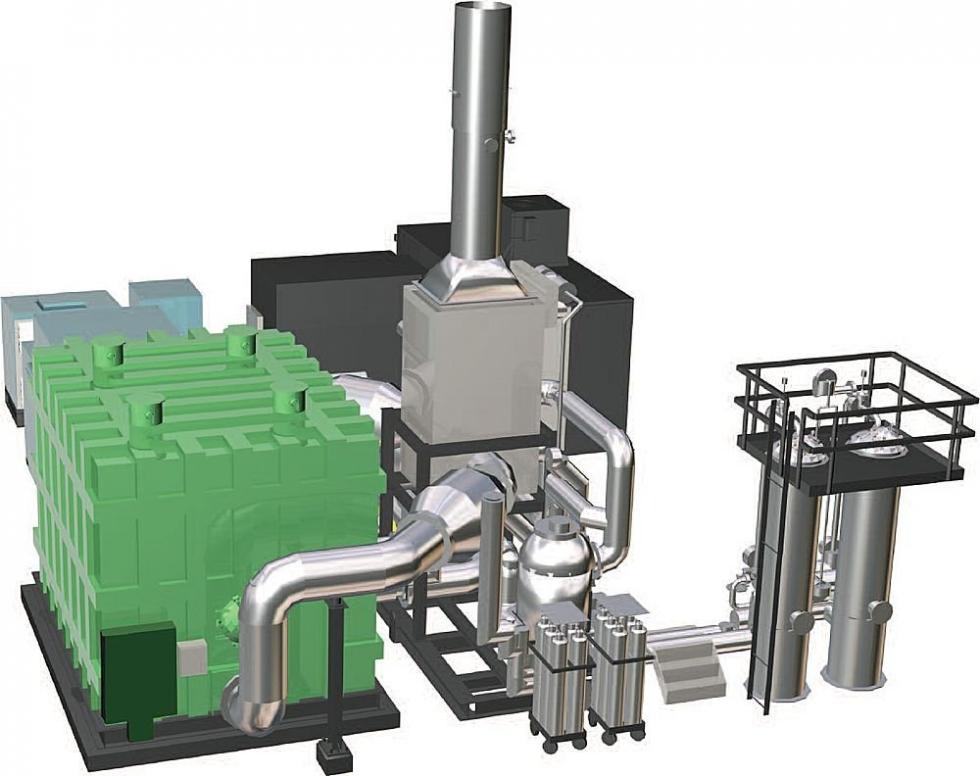Authors
Dr. David Blekhman
California State University Los Angeles
Depratment of Technology
[email protected]
phone: 323-343-4569
Dr. Stephen McClain
Baylor University
[email protected]
Introduction
Green technologies are ever so popular nowadays. Fuel cell technology holds the promise of high-efficiency utilization of fossil and alternative fuels. The purpose of the project is to provide a capstone experience to students in the Fuel Cell course. It ties together the complexity of the chemistry and electro-chemistry processes encountered in fuel cells. While PEM fuel cells are destined for vehicles and other mobile applications, Molten-Carbonate Fuel Cell (the backbone of the project) is being developed by Fuel Cell Energy (fce.com) for stationary applications. The simulations are run with various alternative fuels like digester, landfill and pyrolysis gas. Students are required to complete significant research of alternative fuels, utilize modern modeling tool, and read scientific and popular-scientific literature.
Assignment
The final team report (one per team) will consist of two sections:
MCFC Operation Summary-50%
Simulation Results-50%
Topics to address in the Summary:
1. Fuel reforming in MCFC
2. Operating conditions inside of the cell and main chemical reactions
3. Operational diagram (draw your own)
4. Variety of MCFC types produced by Fuel Cell Energy
5. Other manufacturers (1-2) and their product
6. Describe the details of Sierra-Nevada brewery installation
7. CA economic stimulus to MCFC installations
Simulation results:
1. Simulate all of the gases given in the paper, carefully review all of the steps
2. Compare Nernst voltages produced
3. Provide your inputs and results
4. Find a gas composition of a landfill gas, water treatment (digester gas) and biomass pyrolysis
5. Feed those in the program—compare results to the initial set of gasses
6. Write conclusions section for your simulations.
Download Files
The simulation main file is FuelCellEx.xmcd. The file IGASProps_CH4.xmcd is the database with constants. The database file needs to be linked inside of the simulation file at the line which starts as Reference. Use the right click and change properties by browsing to IGASProps_CH4.xmcd on your computer. Valid MathCAD License is required to run the program.
Download_Project_Zip_File
Project Narrated Overview
Publications
| “Mathematical Modeling of a Molten-Carbonate Fuel Cell Using MathCAD” Blekhman D. and McClain S., ASME Fuel Cell Conference, Denver, CO, June 16 – 18. | 2008 |
| “Introducing Finite Element Analysis in the First Course of Statics and Solid Mechanics” Chaphalkar P. and Blekhman D., 2007 ASEE Annual Conference& Exposition, Honolulu, Hawaii, June 23-27. | 2007 |
| “A Fuel Cell Project for Advanced Thermodynamics Courses”, Blekhman D, Proc. of IMECE 2006: ASME International Mechanical Engineering Congress, Chicago, Illinois, Nov 5-10. | 2006 |
Copyright
Valid MathCAD License is required to run the program.
The file above and files for other engineering fluids are available to the educational public on the condition that if the functions are used for instruction, the instructor agrees to have his students complete a survey form at the end of the course. The function sets may be obtained by emailing the co-author at [email protected]. Please include the subject line “MathCAD: Thermo Function Set Request” in your email.
